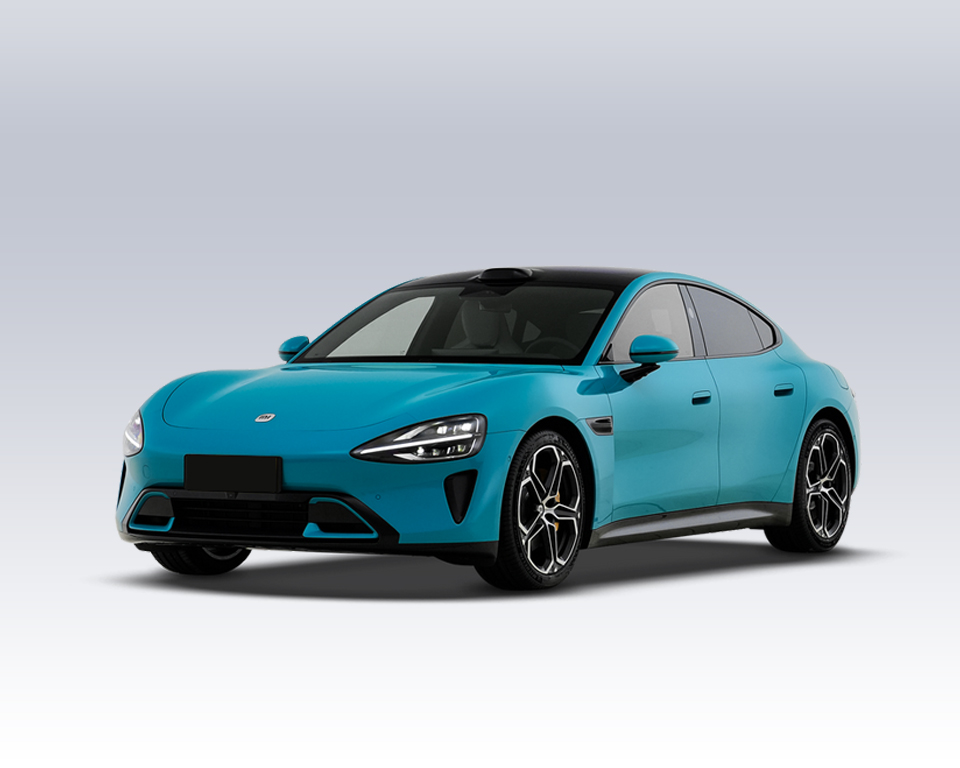Can LFP Batteries in EVs Really Support Fast Charging?
As China’s new energy vehicles (NEVs) expand into overseas markets, many buyers are curious about the charging performance of Lithium Iron Phosphate (LFP) batteries. Some entry-level EVs only support slow charging, while high-end models—such as those equipped with BYD’s Blade Battery—can handle high-power fast charging.
So why does this difference exist? Let’s break it down step by step.
Catalog

⚡ Slow Charging vs. Fast Charging
Slow charging (AC charging): Typically low power (a few kW), often using a home wall charger. It takes 6–8 hours or more to fully recharge. The process is gentle and helps prolong battery lifespan.
Fast charging (DC charging): Uses high voltage and current, allowing up to 80% charge in around 30 minutes. It’s efficient but puts more stress on the battery, leading to potential heating and faster aging.
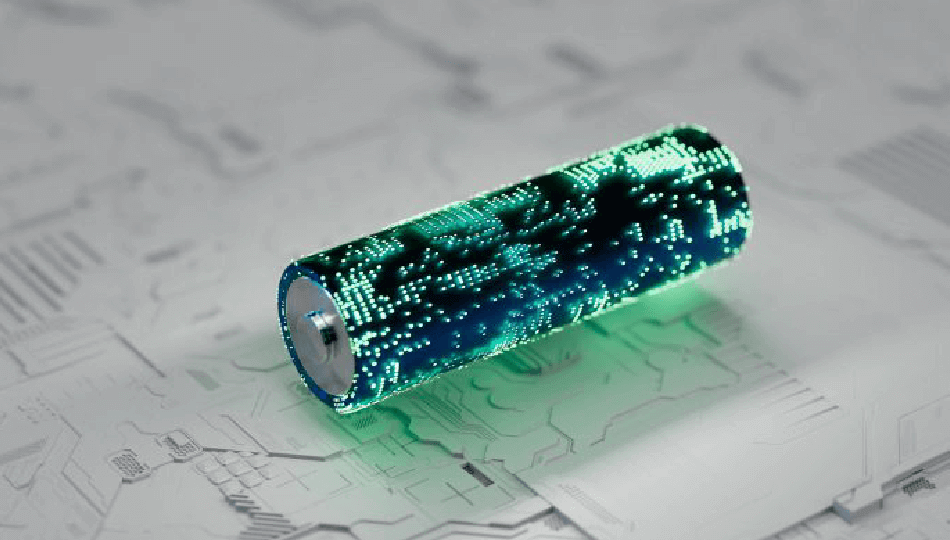
🔬 Why LFP Batteries Struggle with Fast Charging
1. Electrochemical Material Limits
LFP has lower electrical conductivity and slower lithium-ion diffusion compared to nickel-manganese-cobalt (NMC) batteries. Its intrinsic low conductivity (around 10⁻¹⁰–10⁻⁹ S/cm) makes fast charging difficult unless manufacturers add conductive coatings or nanostructures.
2. Internal Resistance & Cell Design
The way a cell is structured directly affects its resistance:
Fewer current collectors or thicker electrode coatings = higher resistance.
Poor design leads to excess heat buildup during fast charging.
Advanced designs (thin electrodes, multiple tabs, better conductive additives) significantly reduce internal resistance.
3. Temperature Sensitivity
LFP batteries perform poorly in low temperatures:
Charging becomes inefficient.
Resistance increases.
Risk of lithium plating rises.
Without advanced liquid-cooling systems, many entry-level EVs limit charging speeds automatically in cold or hot weather.
4. Battery Management System (BMS) Strategy
The BMS monitors temperature, current, voltage, and State of Charge (SOC).
To protect the battery, the BMS reduces charging power when SOC exceeds 80% or when temperature is too high/low.
Premium EVs use advanced liquid-cooled BMS systems to maintain safe, high-power charging.
5. Battery Life & Warranty Trade-Offs
Even though LFP batteries are durable (over 2000 cycles at 1C charge rates), automakers still limit fast charging in software to:
Reduce warranty risks.
Extend usable battery lifespan.
Performance-oriented EVs may allow higher charging speeds, while budget EVs prioritize durability and cost savings.
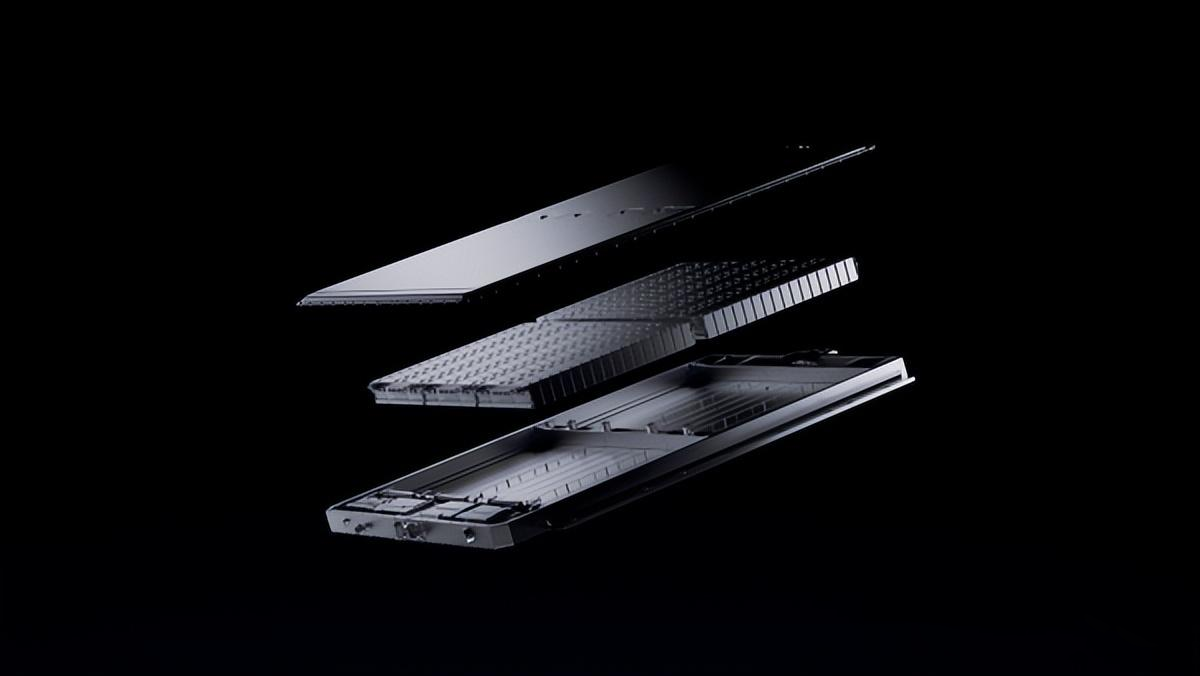
⚖️ Fast Charging vs. Slow Charging: A Comparison
| Aspect | Slow Charging (AC) | Fast Charging (DC) |
|---|---|---|
| Speed | 6–8 hours or more | 30 minutes to 80% |
| Heat Generation | Low, minimal cooling needed | High, requires liquid cooling & thermal mgmt |
| Battery Life | Longer lifespan, less stress | Faster degradation if used excessively |
| Cost | Lower cost, easy for home use | High infrastructure cost |
| Best Use Case | Overnight charging, long parking times | Road trips, quick top-ups |
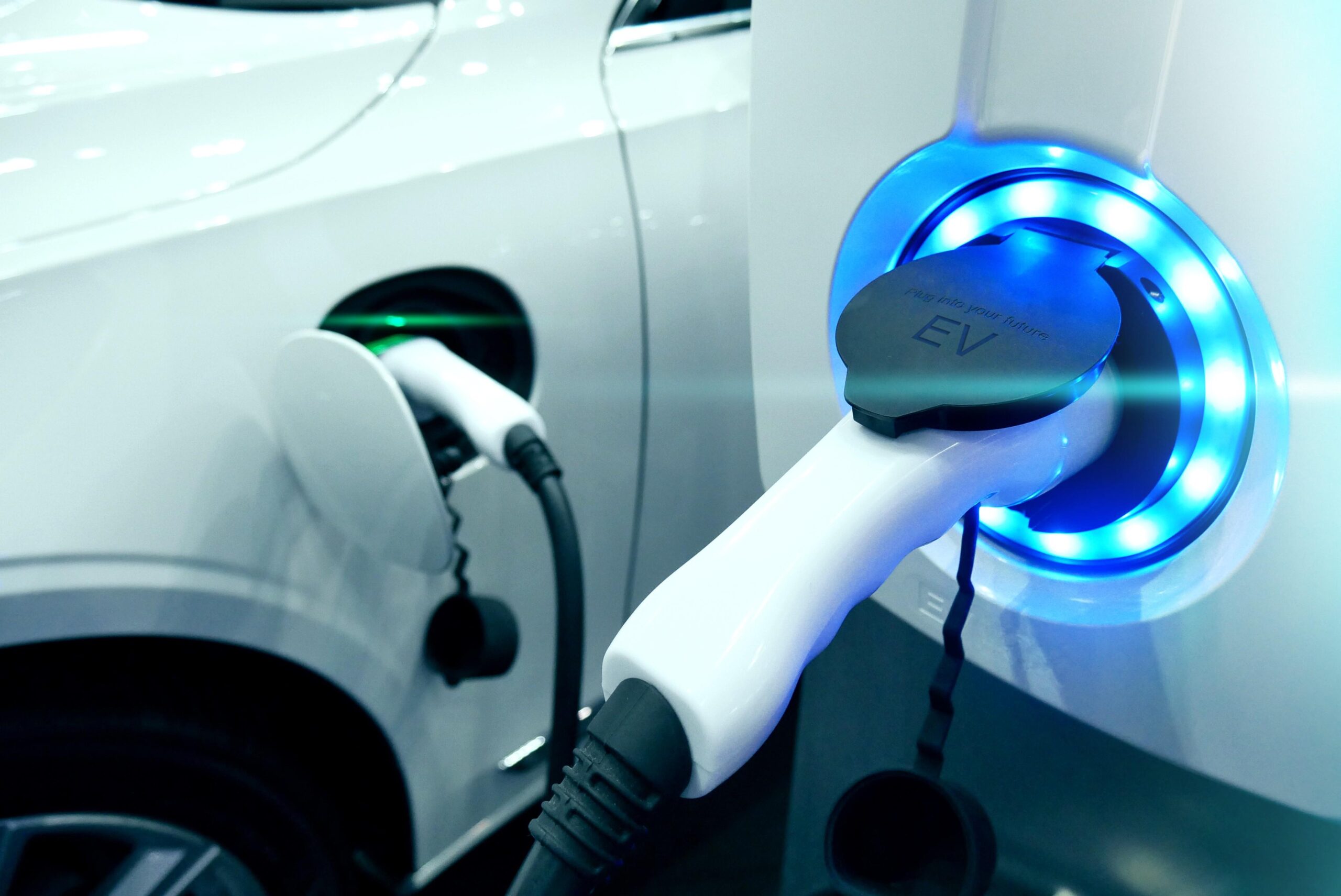
🚗 Why Some EVs Support LFP Fast Charging While Others Don’t
Advanced Cell Design: Premium models use ultra-thin electrodes, multi-tab structures, and conductive coatings for reduced resistance.
Better Cooling: Liquid-cooling systems help maintain safe operation during high-power charging.
Optimized BMS: Performance-oriented EVs have BMS software tuned to allow higher charge rates.
Example: BYD’s Blade Battery (LFP) can charge from 30% to 80% in about 30 minutes, showing that engineering, not just chemistry, determines charging performance.
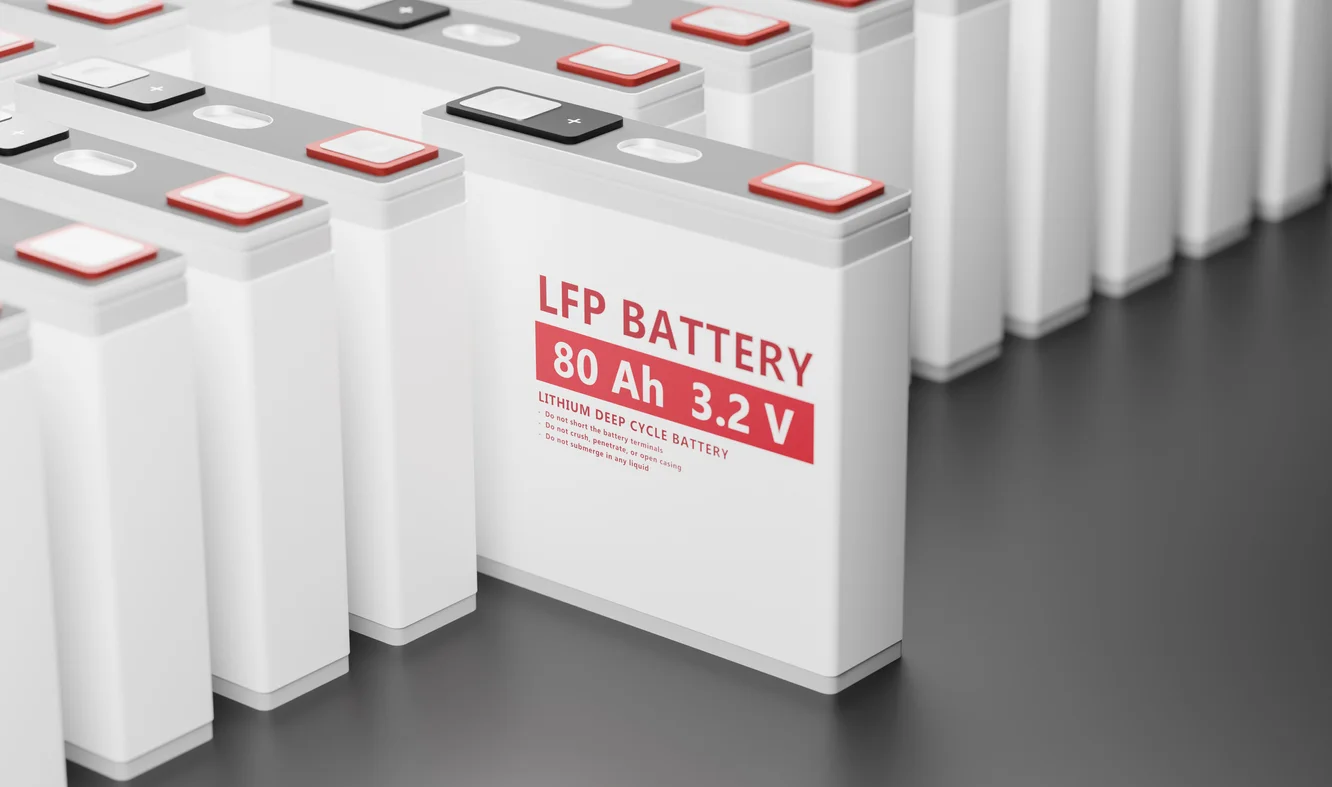
✅ Key Takeaways for EV Buyers
LFP’s Chemistry Matters: Lower conductivity makes fast charging harder than with NMC batteries.
Design & Thermal Management Are Crucial: Whether a car supports fast charging depends on engineering choices, not just the battery chemistry.
Balance Is Essential: Frequent fast charging shortens battery life, so use it mainly for travel convenience while relying on slow charging for daily use.
Market Differences: Entry-level EVs often skip fast charging to cut costs, while higher-end models invest in advanced cooling and BMS tech.
Future Outlook: As material innovations and smarter BMS systems evolve, more LFP batteries will support safe, efficient fast charging.
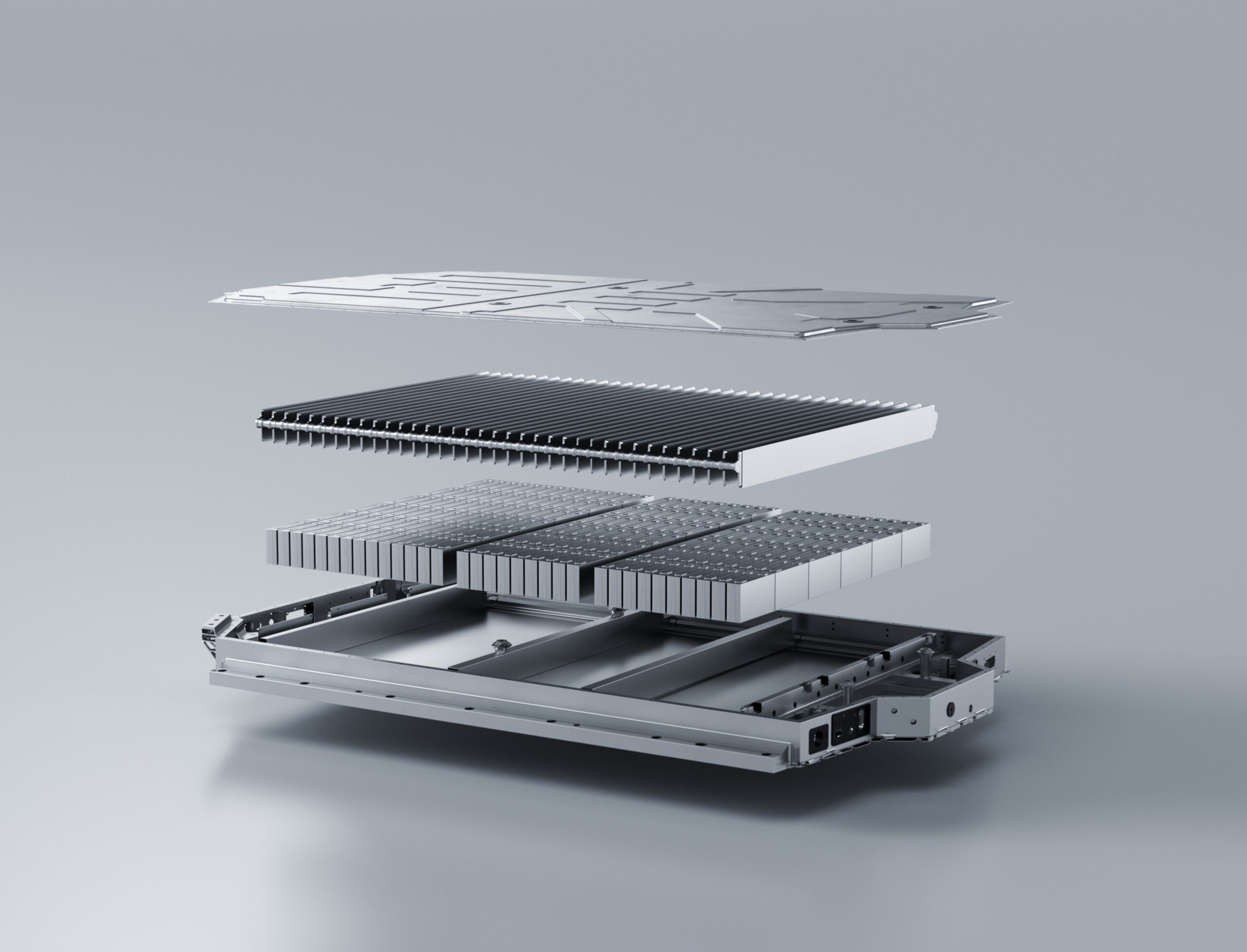
The fast-charging capability of a battery is not absolute, but rather the result of a manufacturer’s trade-off between cost, performance, and lifespan. In the future, with advancements in materials and BMS technology, more LFP batteries may support efficient fast charging. However, EV consumers should understand that frequent use of fast charging does have some impact on battery longevity. The key lies in finding the right balance between convenience and battery health.
Please explore our blog for the latest news and offers from the EV market.


